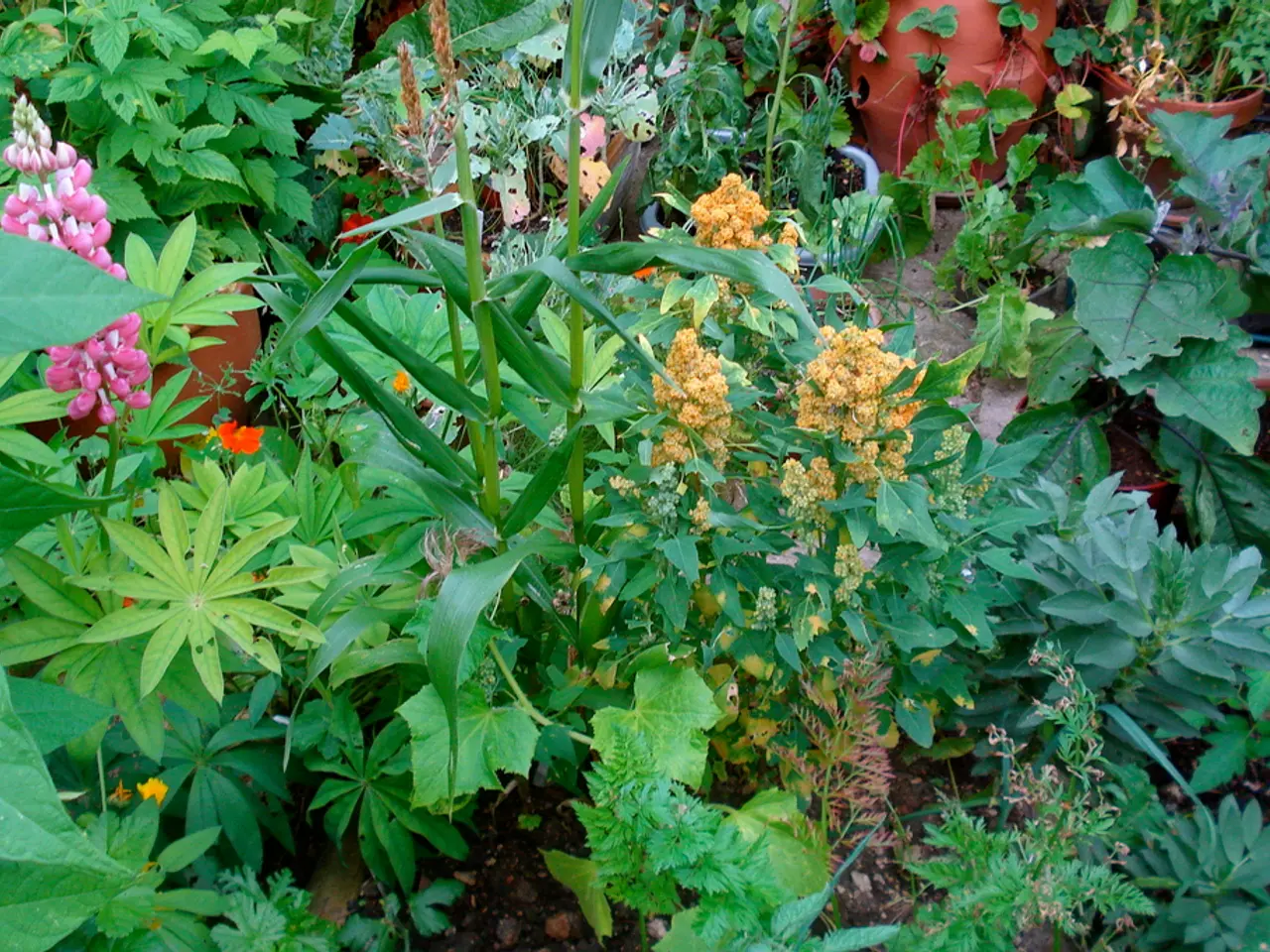Diagnosing Sick Plants: A Five-Step Approach
Identifying and Treating Ailing Vegetation
When faced with a sick plant, it's essential to approach the situation methodically to identify the root cause and take effective action. Here's a five-step approach for diagnosing plant diseases, based on typical plant pathology methods.
Step 1: Observe and Record Symptoms
Carefully observe the plant and record the symptoms. Note the type of tissue affected (leaves, stems, roots), the location of the symptoms, and any patterns or progression of the disease.
Step 2: Examine the Entire Garden or Landscape Area
Before focusing on the affected plant(s), examine the entire garden or landscape area. This will help you understand the broader context and identify any patterns that might be relevant to the sick plant.
Step 3: Look for Patterns in the Damage
Analyze damage patterns in plantings (single plant or entire field). Uniform patterns may indicate a nonliving source, while non-uniform patterns suggest a living factor such as pathogens or insects.
Step 4: Consider the Time Factor
Look at how the damage developed and spread over time. This can provide valuable clues about the cause of the problem.
Step 5: Gather Information and Determine the Cause of the Plant Damage
Collect a representative sample of the affected plant tissue. Ensure the sample is fresh and well-preserved to facilitate accurate diagnosis. Consider recent environmental changes, such as weather patterns, soil conditions, and management practices. Use diagnostic tools and resources, including extension publications, online forums, and professional diagnostic services, to help find the problem.
When diagnosing a sick plant, it's also important to consider:
- The site and the environment around the plant, including temperature and light extremes, oxygen and moisture levels, and physical factors.
- Who has access to the plants and who is responsible for their care.
- The client's perspective on the potential cause of the issue.
- Chemical factors, such as pesticide misapplication, that can affect plant health.
- Nutritional disorders, such as low iron causing chlorosis.
For more information on Integrated Plant Health Management, see the fourth fact sheet in the series, "Keeping Plants Healthy: An Overview of Integrated Plant Health Management."
In the process of diagnosing a sick plant, it's crucial to consider nutritional disorders as potential causes, such as low iron leading to chlorosis. Ensuring the health and wellness of plants also necessitates contemplating the soil quality, as soil conditions can significantly impact a plant's growth and nutrition.




